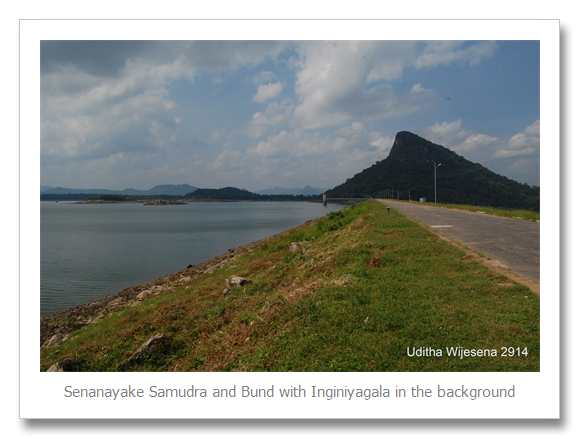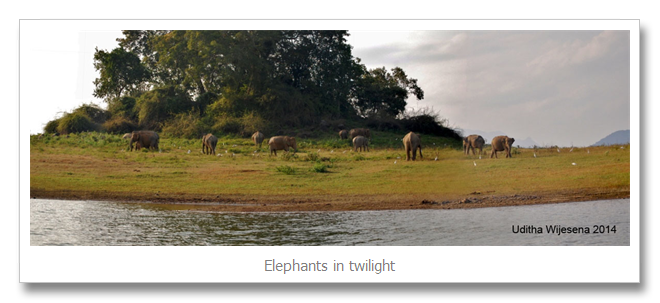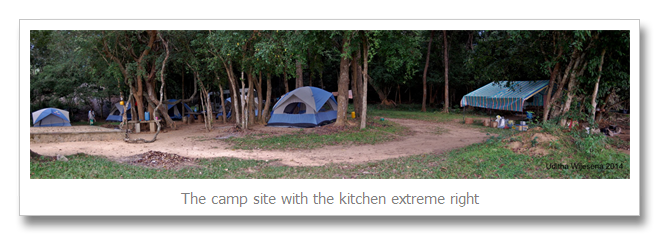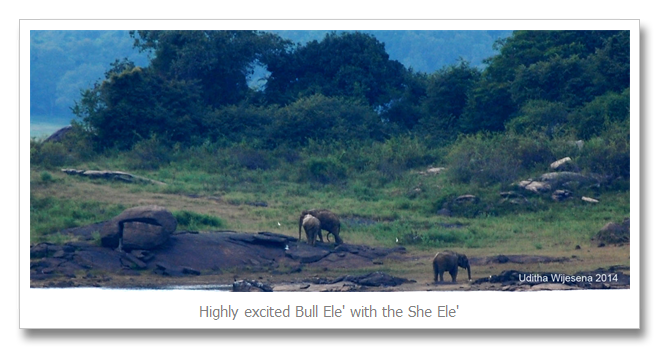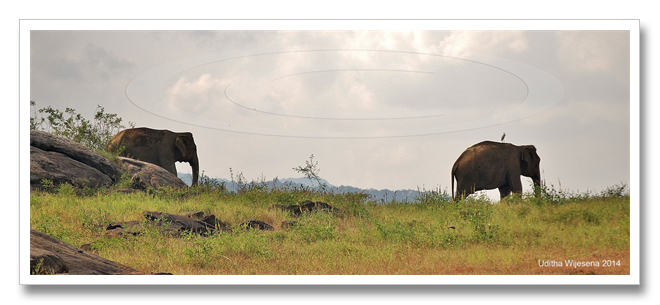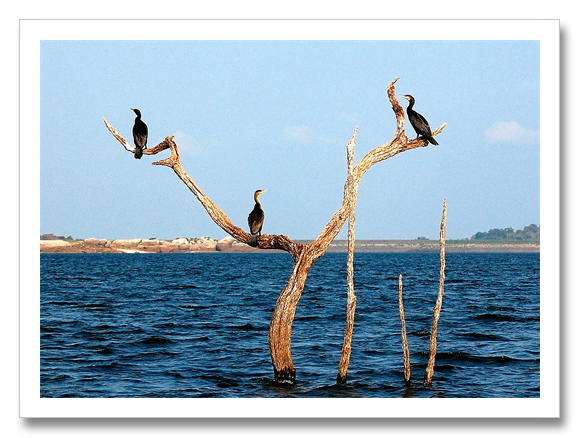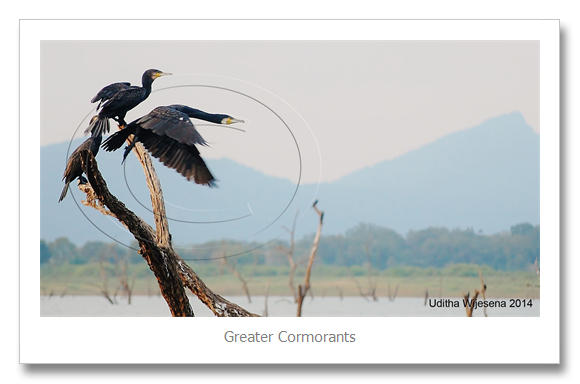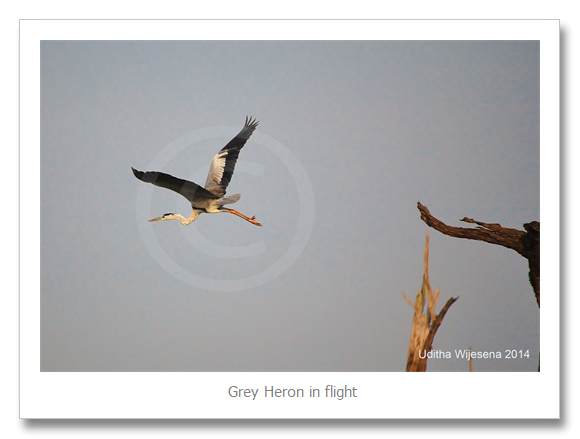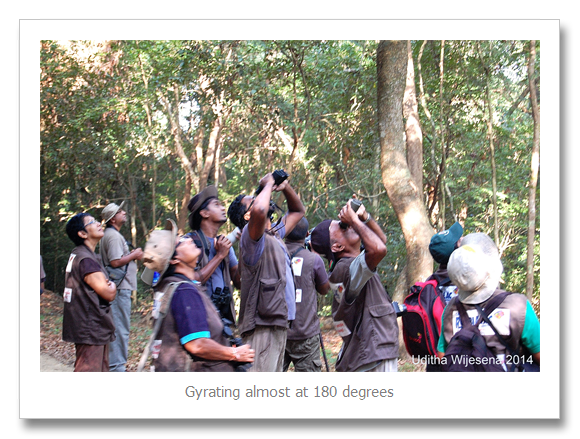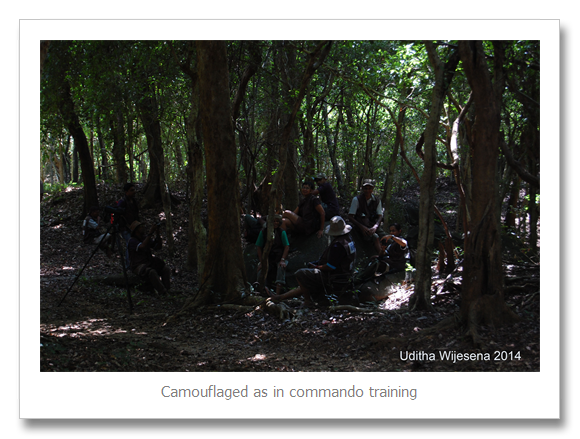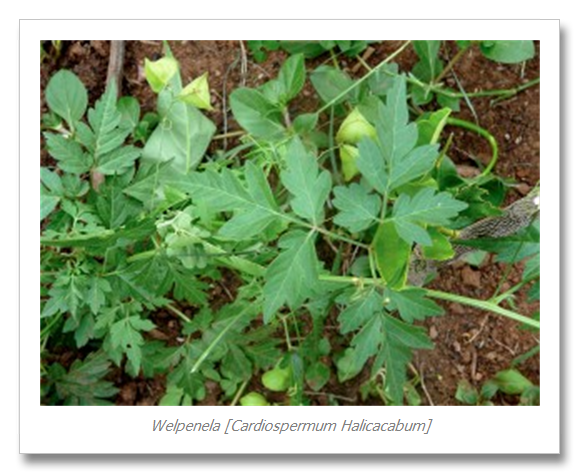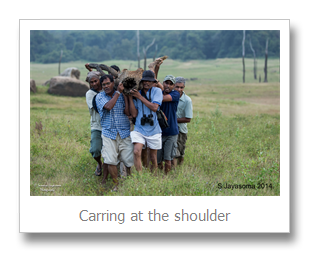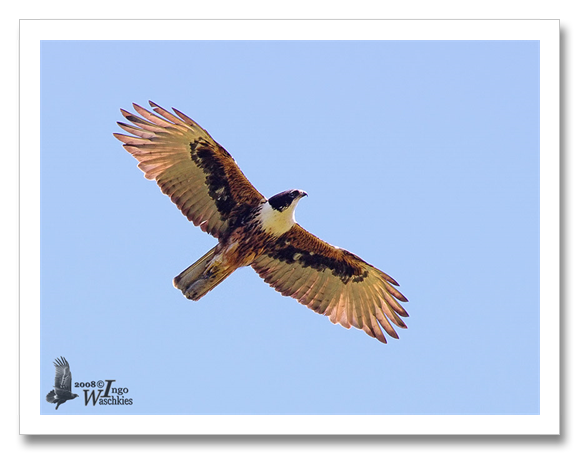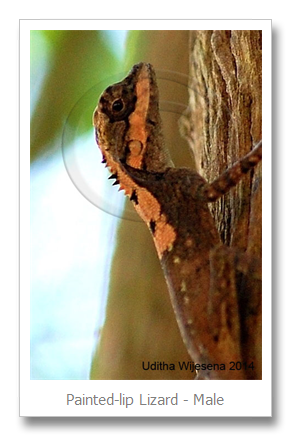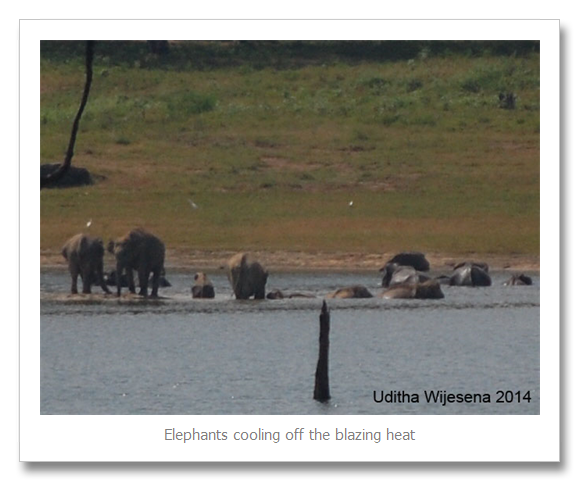Gal-Oya a rivulet in the eastern province of Sri Lanka is a perennial source of water originating in the luscious forested tea country of Passara located in the wet central massif.
The Gal-Oya Valley Development Plan was the first multipurpose development scheme of post independent Sri Lanka. Irrigating the dry parched lands of the Ampara District and generating 11MW of electricity, a considerable wattage then in the year 1949. The main head-works of the project commenced in 1949 and was completed in 1954 damming the Gal-Oya between two significant hillocks, at Inginiyagala, a very small township even to this day. The dam was then known as Gal Oya dam or the Inginiyagala dam, and is now named the Senanayake Samudra [sea of senanayake] in honour of the islands first Prime Minister Hon: D S Senanayake. It’s got a total storage of 770,000 ac-ft. when the sheet of water is 35 sq. ml.
An important feature of the project is that, much of its dry zone catchment is declared a National Park, that was administered by the Gal-Oya Development Board until 1965, the year it was handed over to the Department of Wildlife Conservation. Gal-Oya National Park is famous for its elephant herds that can be seen throughout the year. Its vegetation is of three types; wet monsoon forests, dry shrub forests and savannah lands. Three important herbs of Ayurveda medicine the Tripala - Aralu-[Terminalia chebula], Bulu-[Terminalia bellirica] and Nelli – [Emblica officinalis] which is thought to have been grown from very ancient times is found abundant in the savannah land.
Field Ornithology group of Sri Lanka [FOGSL] conducts an annual bird-watch within the Nigala Sanctuary located in the savannah land of the Gal-Oya National Park, a noted habitat of the Painted Francolin [Francolinus pictus]. This year too it was scheduled from 13th–16th February 2014. However due to logistical needs of the wildlife authorities the bird watch was shifted from Nilgala to Kossapola camp site located within the park in a wet monsoon forest habitat.
Everything on this trip was different. We left Colombo late in the evening on 12th Wednesday to reach the Nagala temple in Bibile in the wee hours of an unusually cold night. Dinner was had on the way with elephants encountered around Randenigala. Napping was only for three hours at the temple, and we commenced travel again by 7.30 in the morning. Some of us suggested we travel direct to Gal-Oya. This was not possible as we had to collect the cooks and their pots and pans on the way.
The cooks with their pots and pans collected and breakfast had on the way we reach the Gal-Oya park office around mid-day. With the ticketing done and the provisions collected we reach camp alongside the reservoir around 1.00 p.m. for a packed lunch. From here on everything was to a plan; a strict self-set ruling that was to be practiced by every participant. Safety was an utmost in this elephant country that was evident on the opposite bank of the reservoir; over 50 ele’s grazing together with the Thamankaduwa White cattle a symbol of the livestock in the Eastern Province. We were set into three groups of eight for birding and the birding boat ride each day at 2.00 p.m. in the reservoir.
Day One: 13th February 2014
Being almost three hours behind schedule, the priority was to put up tents. Five tents came up in no time with masculine help for the two ladies tents. Group one was on its way to Inginiyagala for the boat trip by 2.00 p.m. The other two groups had a special task to be performed before birding around the campsite. The general water use in the single loo house available was by filling a cement tank built besides it with water from the reservoir. The reservoir levels being 42 feet below spill level, the water line at the campsite was about 500 feet away. The filling of the tank and collecting firewood for the campfire that burned through the night was mandatory. The tank was filled with all available buckets and pails passed from hand to hand, with each person standing almost 30 feet apart.
I was on the boat trip the first day. The jeep took us to Inginiyagala with the empty cans for drinking water to be collected from the Wildlife Office on the way back. We are on the reservoir bund looking across the water until the boat is readied. It’s a splendid picturesque view of the Uva hills beyond the numerous islands the reservoir has created when inundating the landscape and the forest. The large trees that were marooned in this sea for 60 years are but now dead. The hard wood with its branches stand out of the water like arms reaching to the heavens above grouching for the plight they had to meet with. They now sever as roosts for the multitude of water birds. This wood would not be standing so in a present day reservoir. The demand for timber will fetch them all for commercial use. It would go waste otherwise.
Beyond the water I spot a highly excited bull elephant in the company of a she elephant, away from the herd; a courtship in privacy. What more… it is the lovers week with only a day to go for the Valentine’s Day. The boat is ready and we are all on board and away. With the water low we do not see many birds but elephants…… The Greater Cormorant that Gal-Oya is famous for was there with the White-bellied Sea Eagle and the Grey-headed Fish Eagle. On the way back the Spot-billed Pelicans were seen roosting on the dead trees. Back in the jeep with the drinking water and two more participants who came on their own, we return to camp. The loo water is filled and the camp fire burning high we go for a dip in the reservoir on a moonlit night. Back at camp the bird list for the day is done, dinner of boiled rice taken with fresh tilapia from the reservoir. Everybody is tired and retires for a good night’s sleep with the camp fire now burning low.
Bird of the day….White-bellied Sea Eagle.
Day Two: 14th February 2014
The cooks are the first to rise; then the ladies around 4.30 a.m.… on to loo business before the men folk. All are up and ready by 7.30 a.m. after a sumptuous breakfast of rice and dhal with leftover fish. We are to venture into the jungle, a distance of 12 km up and down to Jayanthi Wewa, a water hole within the forest. Clad in the FOGSL camouflaged jackets we look like commandos in for jungle training. The tracker Nalinda briefs everybody of the journey through the forest. He would be leading ahead of us looking out for ele’s. If seen, he will signal us to retreat. No one is to panic. We follow him, armed with two thunder flashes. The forest is dark with only the high canopy lit up by the sun, where the bird activity is to be. We are straining our necks gyrating almost at 180 degrees to look through the binoculars. It is easier to identify birds by their call in this type of forest. There are no mixed species flocks as in the wet zone rainforests. My ability to identify much of the calls and the field notebook replaced with modern day digital camera and zooming lenses we identify most of the birds high up in the canopy. It enhanced my knowledge of bird calls as well. If you hear a call similar to that of a Tailor Bird in heavy forests like this, but on a slightly lower pitch it is that of the Bar-winged Flycatcher Shrike.
Also much of the birds here are very drab in colour compared to those in the wet zone. The Black-napped Monarch is not in its Azure Blue over here and is mistaken for other birds. We head back from Jayanthi Wewa located at the foot of a hillock named Vadinagala with nothing significant seen on this hike excepting for the Rofous-bellied Eagle; that too was identified thanks to the shutter bug who was fast enough to click while it passed over the road clearing. The only window for a sky view in this type of forest.
Back in camp the kitchen has come up complete with a table made of jungle stakes for the provisions and the cooked food. There were two pits one for the wet waste and one for the dry waste as in our scout camps back in collage. The lunch seemed special this day…we held our plates to the cooks who served us boiled rice with smoked tilapia, curried banana floss cooked to taste like young jackfruit and a melluma [pan stirred finely chopped greens with shredded coconut]. It was yummy…..everybody had a second service and inquired of the green that had a peculiar bitter and slippery feeling on the palate. I being a man often into the forest and seeing the residue of the plant in the dry pit, it was Welpenela [Cardiospermum Halicacabum]. It’s an herb reportedly good for general body aches, with aphrodisiac properties. A large pan of it is now empty. Many would have been complimented back at home for sure…..?
Courtesy ;http://lukwesaburak.com
The group two leaves for the boat trip. It is our turn to fetch water and the fire wood. We are lined up in the blazing afternoon sun passing buckets of water when my good friend Amudesh thinks it is a non-productive exercise and opts to have a pingo pole through the handles of the two large pales in the kitchen. Four rounds of the large pales carried pingoman style fills the loo tank to the brim. The job done we decide to climb the rock on the opposite side of the water and wait for the ele’s to come out. Day two was not for the elephants and we decide to walk back to collect the wood for the fire. Someone suggested we carry one large tree stump from the reservoir and that should burn throughout the night. What a bright idea …..We try to lift a 60 year old stump only to find it still in tack with one root. Toiling with it we managed to dislodge the root and someone said it smells the almirah at home. Yes the root was still fresh emanating the smell of satinwood timber and was heavy as lead. Now to get it to camp we started rolling it awkwardly when Amudesh stepped in again and suggested we all get together and carry it at the shoulder. This was no easy task when we took it to the shoulder. The ladies felt sorry for us and suggested we leave it and fetch smaller timber. …..I heard someone say in a painful tone…. “No no we need to take it away….the elephants might trip on it.” The satinwood stump burned through the night giving us warmth, light and protection.
The boat team is back they too have had not much luck with birds but seen an elephant swim back from an island to the mainland. The evening dip taken, the bird list for the day done, we retire tired after dinner.
Courtesy ; http://www.pbase.com/image/103159331
Bird of the day…..Rufous-bellied Eagle
Day Three: 15th February 2014
We are to go in a different direction today; a circuitous route that would bring us back to the base camp passing the Diggalamulla campsite. We see the same birds as the previous day excepting for having startled two Sambur Deer in a nearby thicket while following forest wagtails and a lonely Jackal with a colourful coat scavenging the reservoir plains.
The boat team had had a chance to alight on to the mainland where they had seen the Malabar Pied Hornbills. We at camp spot a progeny of the Ceylon Painted-lip Lizard [Calotes ceylonansis] an endemic species which is totally arboreal and found only in these wet monsoon forests.
The elephants are back on the opposite bank. A full herd with calves are seen cooling off the blazing heat and covering themselves with a coat of fine clayey sand extracted from the bank as a skin protection, displaying themselves as true ‘White Elephants’ or albinos.
Today we do not need that much water as we are to leave early the following day and the fire wood that we had collected for the kitchen was sufficient to keep the night alight.
The final bird count for the three days was taken. It was a total of 99 species seen and heard. There would have been many more birds for sure. It is the type of forest cover that prevents us from seeing them. One needs to stay longer in such locations to get a full count of the birds. We had recorded over 180 birds in the adjoining Nilgala savannah in the past years.
Retired for the day, many of us are woken in the middle of the night to the rumbling sound of an elephant from behind the camp. We flash our torches in the direction of the sound and all seem to be calm again. Trying to catch sleep again we hear a totally different sound this time from the shrub close by. It’s the call of the Slender Loris. We try to locate it with infra-red lights and flash lights to no avail. We go back to sleep with the intermittent chee…….chee……sound of the Loris. Tomorrow we go back home.
Bird of the day…..Grey Headed Fish Eagle.
Day Four – 16th February 2014
The cooks are up very early. They have prepared the breakfast and the lunch was in packets to be had on the return journey. The departure is planned for 8.30 a.m. and we are delayed as the tents need to catch sunlight to rid the night’s dew. The last bird to be seen was the Orange-headed Thrush behind the large rock at the campsite .
The tents are down and are now packed. We are off at 9.30 a.m. after a group photo taken with cooks trackers and all, a big thank you and goodbye to the cooks and the two trackers Nalinda and Wimale who accompany us up to the Nilgala turn off.
We reach Colombo by 9.30 p.m. A memorable four days and four nights that would linger on as life goes by …. with nostalgia.

